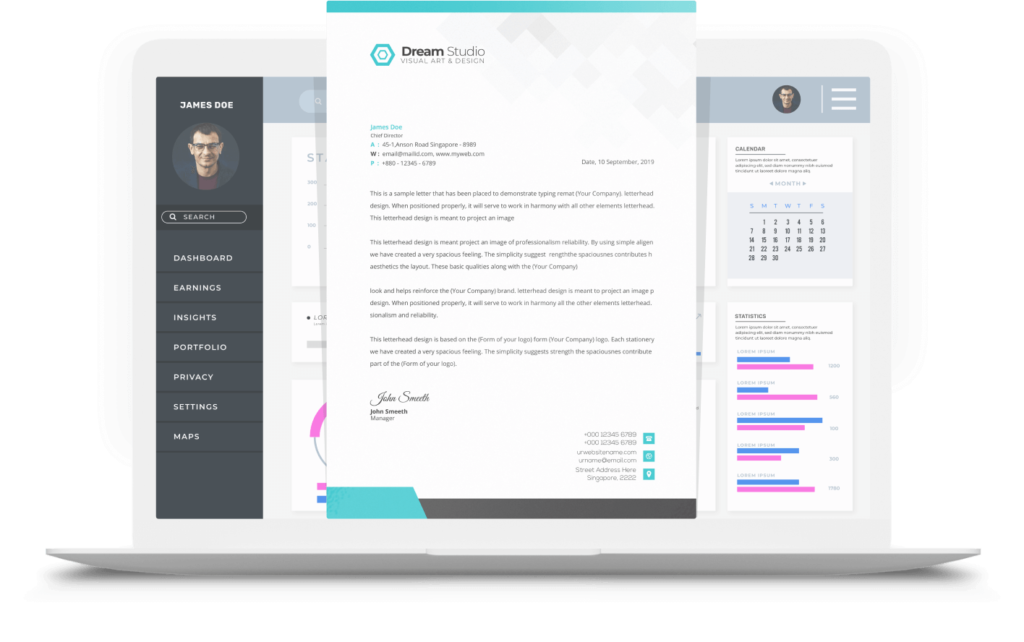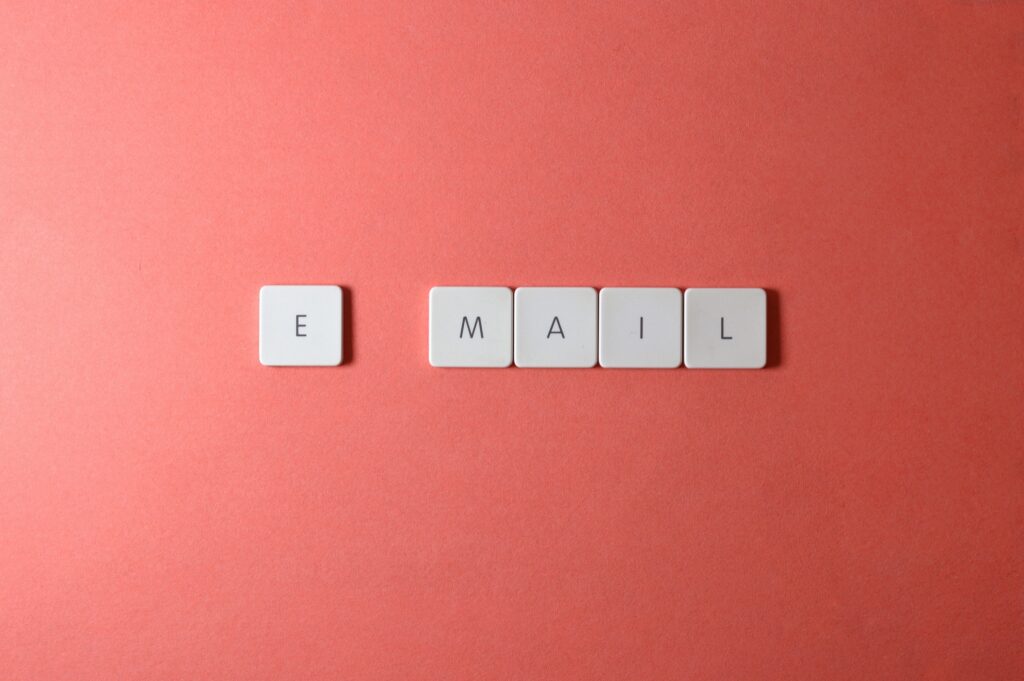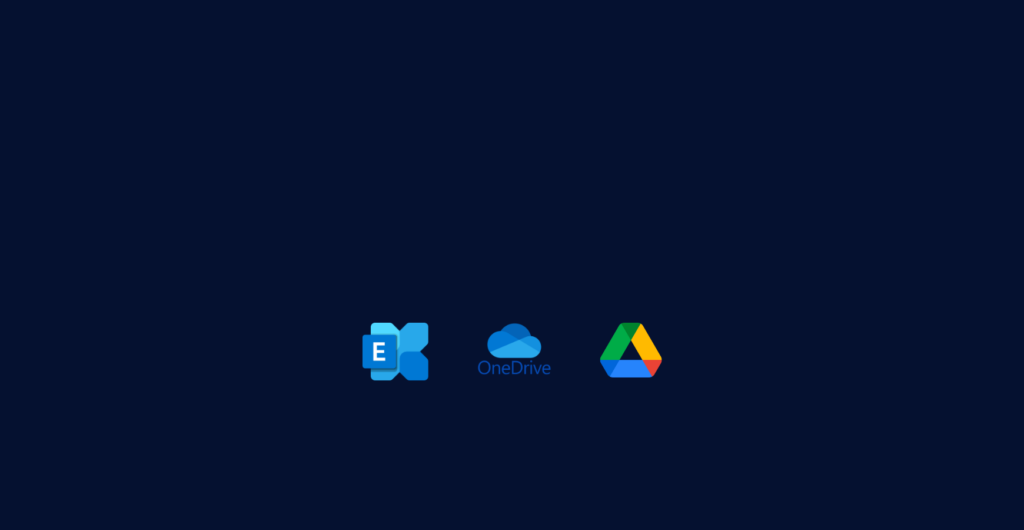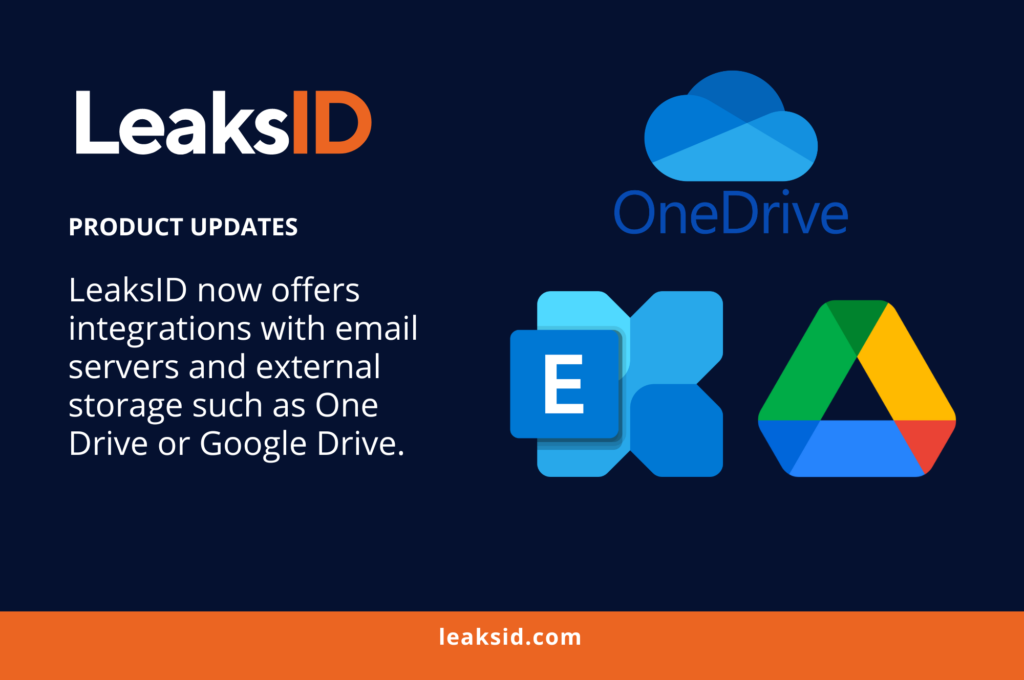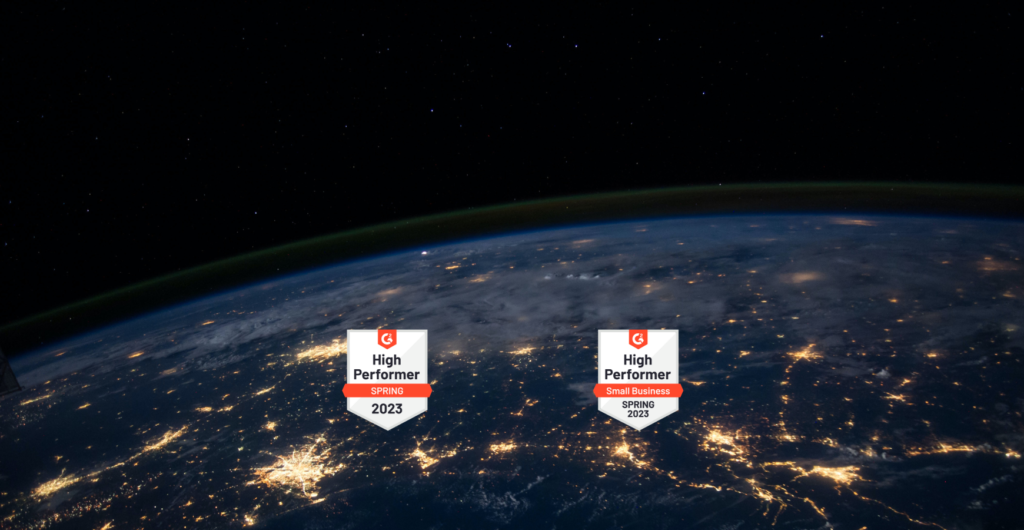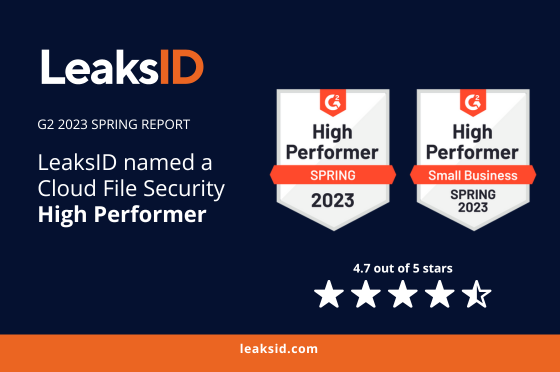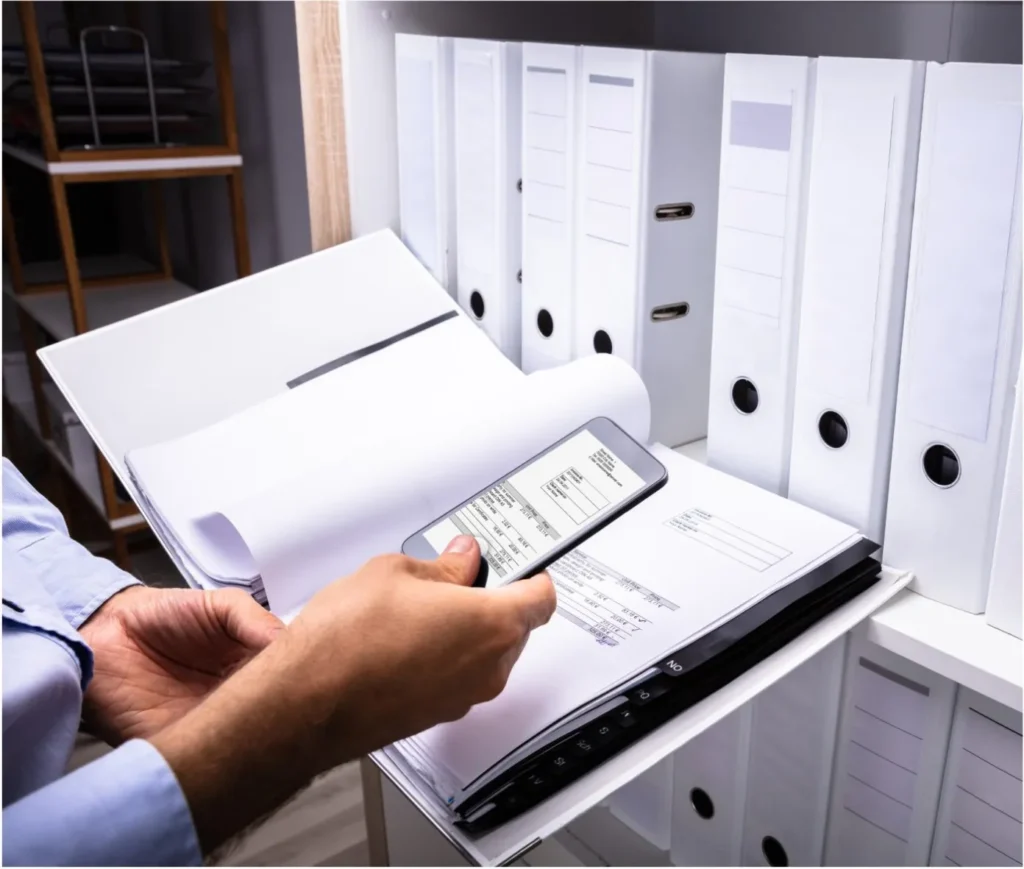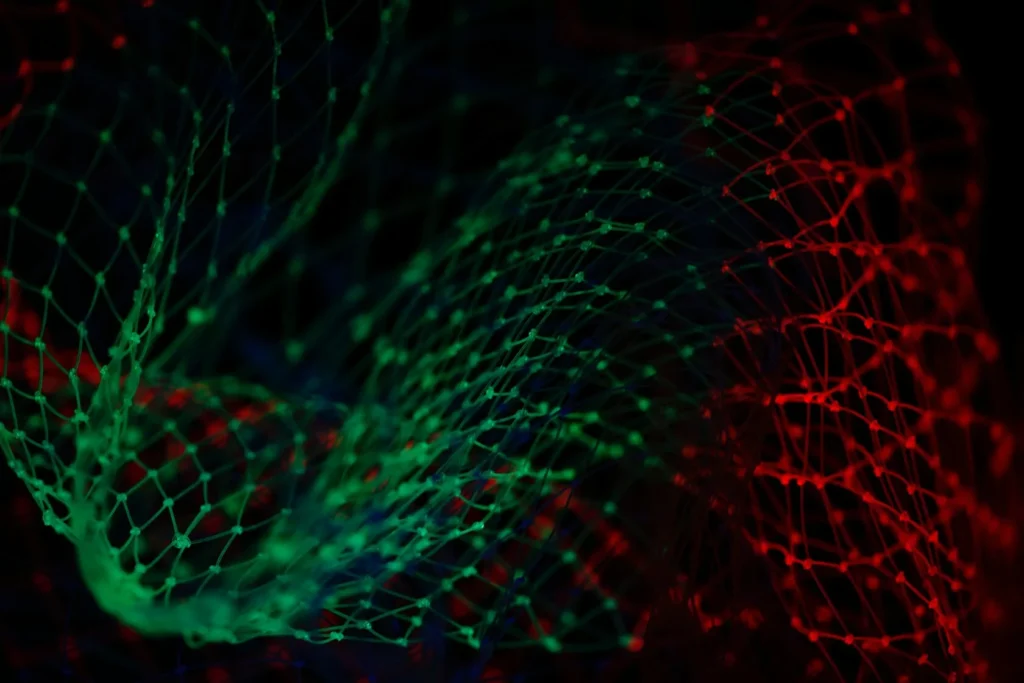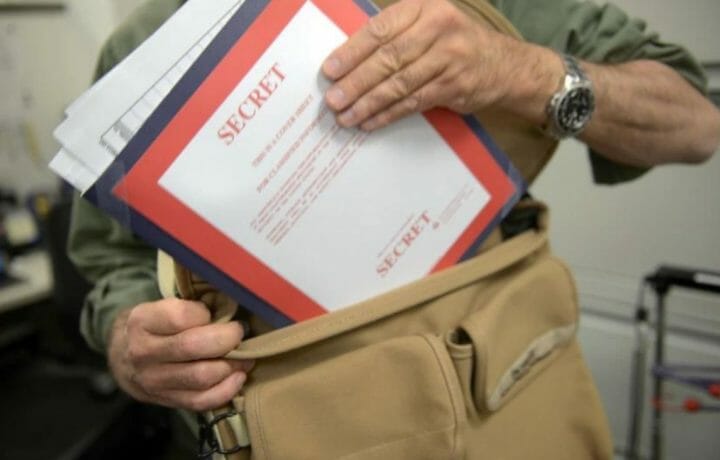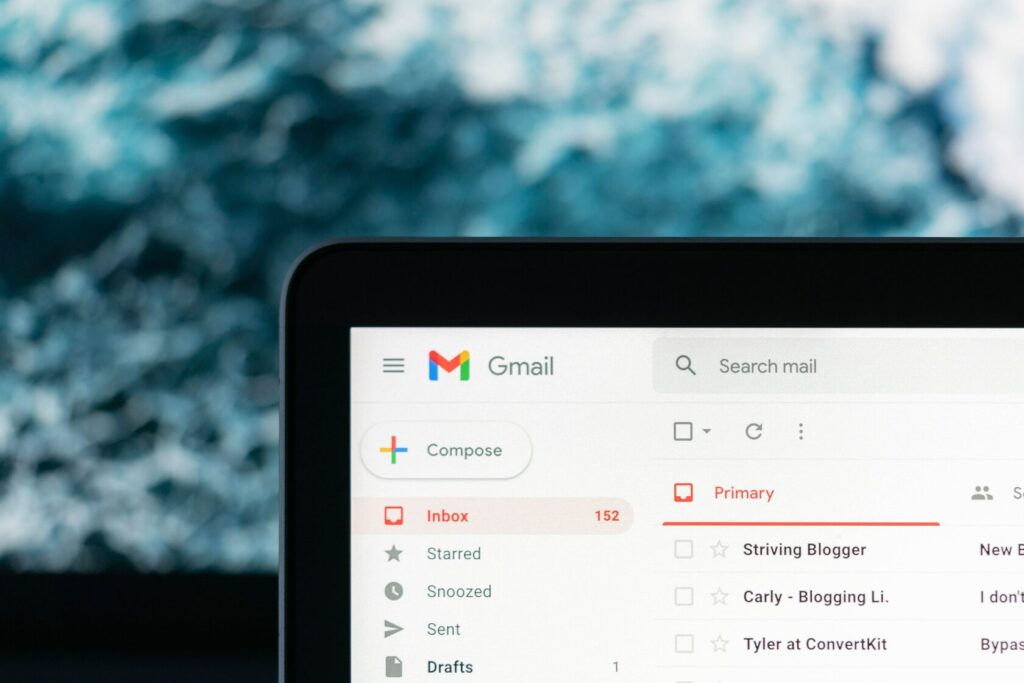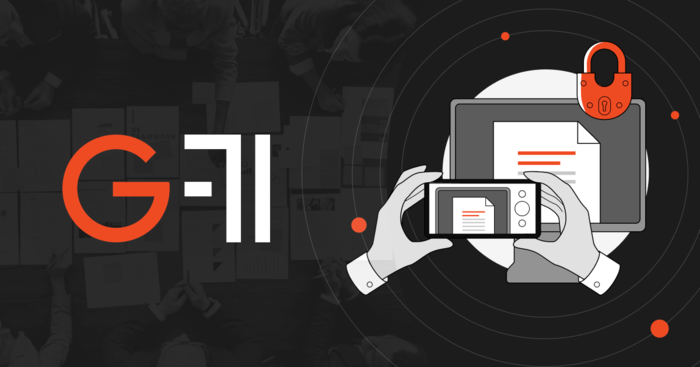This article will compare LeaksID and watermarks and find out the pros and cons of each technology.
It’s not a secret that information is one of the most valuable resources nowadays. Companies are looking for every possible means of protecting sensitive data and investing more and more in cybersecurity. Therefore, the information security market is growing rapidly. According to experts, its size is expected to reach $ 202 billion in 2021.
One of the most well-known data protection technologies is digital watermarking. It is a way of marking electronic documents, printouts, photographs, and other files with visible tags. Watermarks provide several security levels at once and are integrated into most VDRs (Virtual Data Rooms). In some cases, watermarking can help identify insiders. For this purpose, each digital watermark added should be connected with the username of the person who works on a document copy. In G-71 Inc., we enhanced the watermarking system and developed the LeaksID solution. Its main difference is invisibility. The human eye cannot see the unique tags used by our system to mark files. If the document is shared with another person, the solution instantly creates a new copy with different personalized tags. Using these tags, LeaksID can determine who and when accessed a particular file, and if a data breach occurs, the system accurately identifies its source. There are several reasons why we decided that invisible marking would be a better solution.
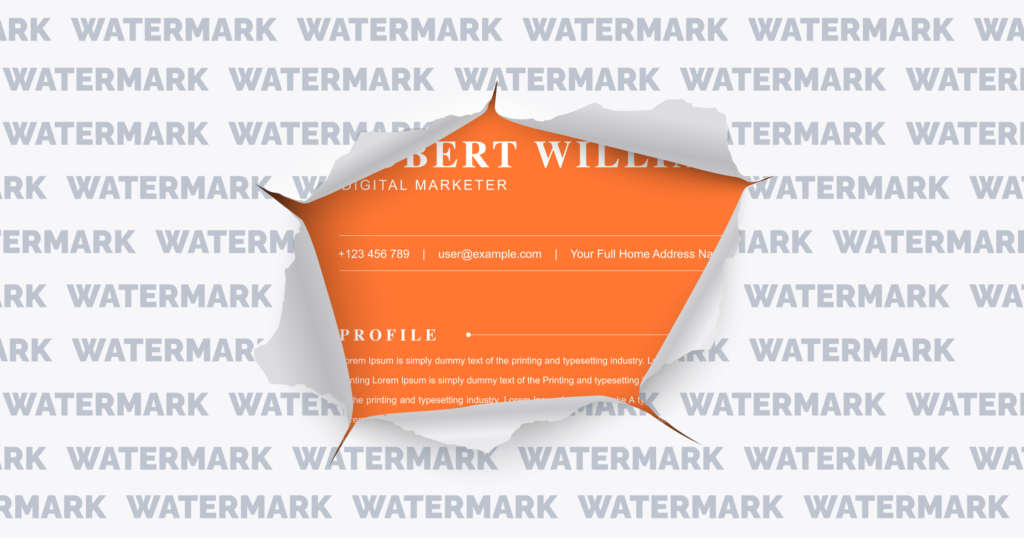
The number of document copies
Watermarking reliably protects information and is an excellent solution for small businesses. However, companies where hundreds of employees work with sensitive data are still at risk. Minimizing the chance of leaks, requires each copy to be manually tagged with a unique watermark, which slows down the file-sharing speed and the entire workflow.
With LeaksID, unique copies are instantly generated by the solution every time the file is accessed. The number of copies is almost unlimited: for the A4 paper, the system can automatically create over 205 trillion personal copies. The document can be edited, copied to external media, and sent by email or other channels while the workflow pace remains the same.
Copying and emailing
When an employee emails a file with a watermark, all recipients will get the same attachment with the sender’s individual tags. This method is applicable when the files are shared between trusted parties. However, if one of them has malicious intentions and leaks information, the insider will remain undetected and unpunished. When documents are copied, the system works in the same way: each copy will have original watermarks.
LeaksID automatically creates a unique copy when we send an email with the file attached. Thus, instead of the original document, each employee receives a copy with unique marks. Likewise, when we need to copy files, all of them will contain personalized tags.
Convenient to work with
It is important for any company to keep the document workflow efficient. However, working with a file with watermarks can become a challenging task.
At the same time, LeaksID uses invisible tags that do not affect reading, information perceiving, and document editing.
To sum up, choosing the most suitable data security system requires a clear understanding of the company’s needs. So then you can choose a traditional and well-known watermarking system or try the more innovative LeaksID solution.
Stay tuned!
Try out LeaksID, our cloud solution to store documents, collaborate on them, and securely share them.
